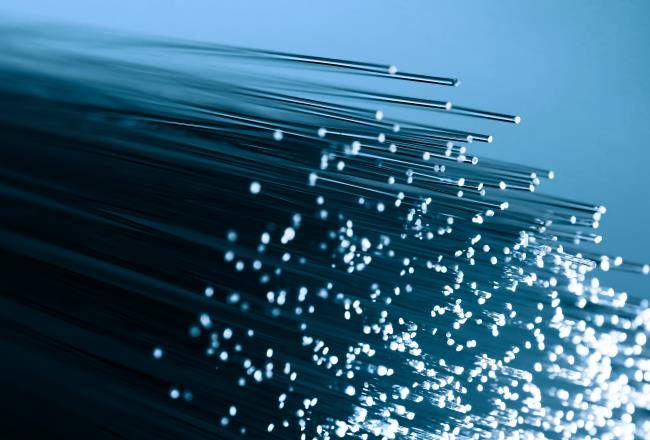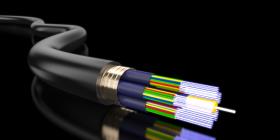
Unraveling the secrets of optical fiber
Three key functions of fiber coatings
Our optical fiber coatings are applied to an optical fiber as a protective coating, and they deliver three key benefits.
- Physically protecting extremely delicate strands of glass fiber, which are about the same diameter as a human hair.
- Allowing the fiber to withstand the rigors of deployment in the field.
- Minimizing signal interruption and distortion.
Optical fiber: as thin as a human hair
"An optical fiber is the primary transport media for the transmission of information as light pulses that is used in modern telecommunication systems. This is true even for your wireless devices, as these transmit data wirelessly to the nearest cell tower where the data is then sent on through optical fibers. So how does it work?"
"An optical fiber cable can contain anywhere from a few to several thousand glass fibers. The glass itself is protected by a dual layer coating system that is applied during manufacturing on an optical fiber draw tower. The fiber is then built into a cable, the structure of which is determined by the end application. This cable protects the fiber from damage. You can see these cables being installed in neighborhoods and along roadways, and possibly even going into your house."

"Information is transmitted digitally through the optical fiber using laser pulses. The laser light is contained in the core of the optical fiber using controlled refractive indices that capture the light by use of total internal reflection. When the light goes from a high refractive index to a low one, the light is bent back towards the high index material. This captures the light in the core of the optical fiber."
"As the light signal travels long distances, sometimes the optical signal needs to be boosted. This is done using erbium doped fiber amplifiers. These are inline lasers that boost the signal. By doing this, the distance of signal transmission can become extremely long. The longest un-regenerated terrestrial fiber optic link is 10,358.16 km (6,436.26 miles). These optical fiber cables carry light signals around the earth through an elaborate network, over land and under sea, connecting you to the world. And there you have it!"
Eric Urruti, Global Director of Science and Technology, and Director of Fiber Optic Materials









